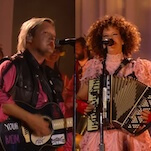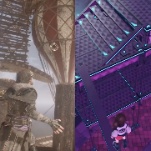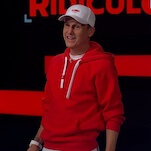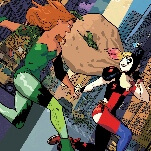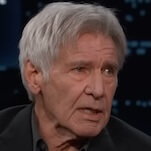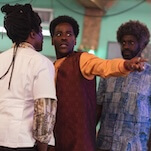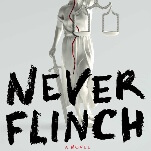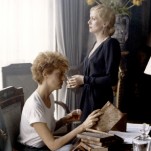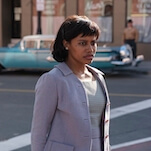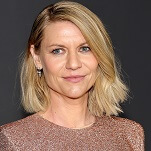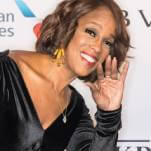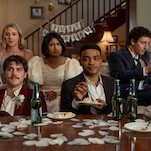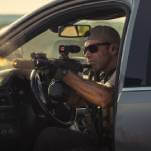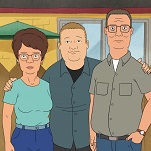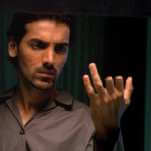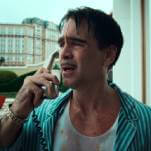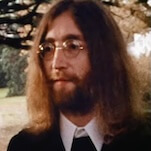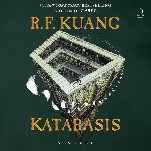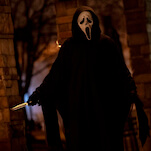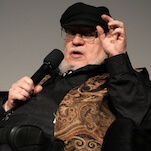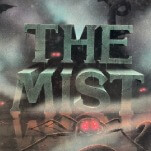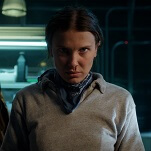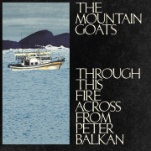End-credits sequences tend to be pretty inessential, “rewarding” those who stick around with a few mildly amusing bloopers or a fleeting glimpse of some character to be properly introduced in a later sequel. But The Boxtrolls, a new eccentric fairy-tale from the folks behind Coraline and ParaNorman, includes a closing button that’s worth staying planted for: Prompted by the existential musings of Mr. Trout (Nick Frost), a henchman too self-aware for his own good, the filmmakers offer a speedy, illuminating glimpse at the project’s painstaking gestation—the frame-by-frame manipulation that’s required of any stop-motion animator. In an age when most cartoon companies have traded pens for pixels, the magicians at Laika continue to create fantastically elaborate universes out of pure elbow grease. And seeing them toil away only strengthens one’s appreciation for the fruit of their labor, the cluttered, lived-in environments they build from scratch and the amazingly detailed characters they bring to life, one minute movement at a time.
An analog player in a digital world, Laika is old school in more ways than one: Three films in, the studio has cultivated a reputation for slightly weirder and wilder family fare—throwbacks to a bygone age when movies for kids were allowed to be a little crass, a little scary, and a little less concerned about upsetting the delicate sensibilities of the most overprotective parents in attendance. Following the lead Laika set with its last two features, The Boxtrolls is a deeply unusual portrait of childhood, following an adolescent outsider through a faintly dangerous, precisely art-directed storybook world. Foul villains caper menacingly down cobblestone avenues. Lovable monsters stuff their maws with squirming insects. And human bodies, already grossly exaggerated, bulge with violent allergic reaction. The film is pitched to the screaming id of its young audience, while also looking to worm its way through the arteries to the heart.
Loosely based on Alan Snow’s beloved kid-lit novel Here Be Monsters!, The Boxtrolls takes place in a foggy, dingy English town on a hill—a city of buildings on top of buildings, as though Victorian-era London had been stretched like an accordion and arranged into vertical stacks. Beneath the streets lives a race of gentle hoarders, their home a shantytown built from the discarded bric-a-brac of the world above. These Boxtrolls, so called for their use of cardboard boxes as makeshift turtle shells, have been smeared as vicious carnivores by the town exterminator, a crass schemer named Archibald Snatcher (Ben Kingsley, doing his best Timothy Spall impersonation). But Snatcher’s scare tactics hinge on a trumped-up murder charge: The baby the Boxtrolls are said to have dragged below and devoured lives among them as an adopted son, now a teenager (Isaac Hempstead Wright) with no memory of his human parents.
The plot, like the figurines that “play” the characters, moves a little differently than that of a more traditional animated feature. After a short prologue, The Boxtrolls switches to the perspective of its title attractions, who speak un-subtitled gibberish; this opening passage, set mainly underground and spanning several years, may be the most bravely wordless opening act to a family film since WALL-E. The narrative quickly takes a more conventional shape—there’s a race against time, a dastardly plot to thwart, and a budding friendship between Wright’s “Boxboy” and a young surface-dweller (Elle Fanning)—but the storytelling rhythms remain jagged. And the screenwriters, Irena Brignull and Adam Pava, plant a reasonably intelligent subtext: Snatcher, the villain, is a desperate social-climber, promising to rid the city of the harmless trolls in exchange for the privilege of eating cheese with the aristocrats at the top. One might feel sorry for the guy, were it not for his downright genocidal plans—his attempts to improve his own lot by turning the masses against a demonized lower class.
The Boxtrolls isn’t as moment-for-moment delightful as Coraline, which benefited from the twisted imagination of Neil Gaiman, and it lacks the emotional depths of the underrated ParaNorman. The hero, for one, is a little shapeless, his personality nearly as unformed as a lump of cold clay. (It’s not his fault, really—the boy was raised by babbling, subterranean scavengers!) But every frame of the film is a marvel of creativity and craftsmanship, and the filmmakers stuff the margins of their plot with lots of offbeat humor, like the goons (Frost and Richard Ayoade) who suspect they may be the film’s bad guys, and the way Fanning’s character struggles to conceal her morbid curiosity. (She’s almost disappointed to discover that the beasts don’t eat babies.) At worst, The Boxtrolls could be called a minor effort of its studio. Of course, “lesser Laika,” like lesser Pixar or lesser Ghibli, is still head and shoulders above what the competition provides on its best days.

